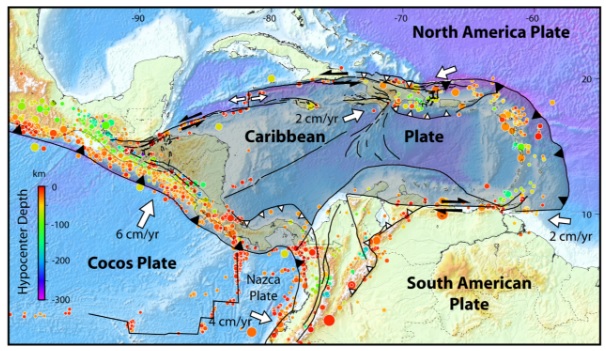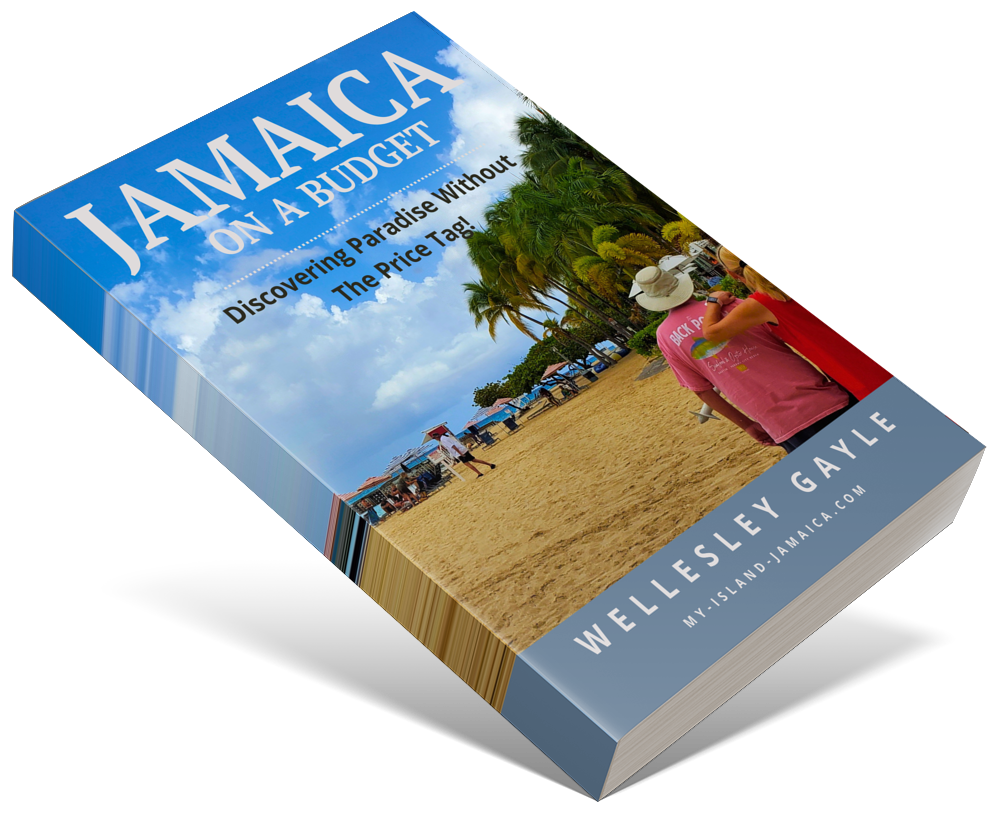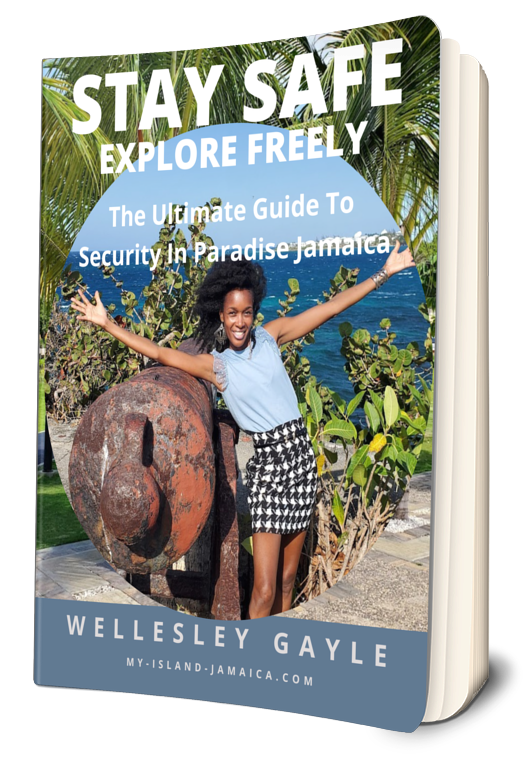Subscribe for all my updates and don't miss a thing! Sign me up!
Can Jamaica Get A Tsunami?

Photo Source: http://web.ics.purdue.edu
by Devin Saunds-Dunkley, Associate Writer
Recently Jamaicans were thrown in a tailspin on the report of a possible tsunami hitting us as a result of this earthquake.
But is this possible?
Well some time ago, one Dr. Wiggins-Grandison, the head of the Earthquake Unit at the University of the West Indies here in Jamaica then, put forward documentation that Jamaica has indeed suffered two tsunamis caused by earthquakes.
These occurred in June 1692 and saw the devastation of Port Royal where a part of it sunk under water, and the other in 1907 which saw the devastation of portions of Kingston.
To understand how this can happen, let’s take a look at what a tsunami is and how it is formed.
What is a tsunami?
This is the displacement of a large body of water by an earthquake, meteorites, nuclear testing, volcano eruptions, landslides or glacier calving.
Unlike the waves formed in a tidal wave which are sustained by the gravitational pull of the moon and the sun, the waves that accompany a tsunami are different and appear as huge columns of water that can rise very high in the air and also move swiftly along the ocean floor for great distances.
These waves travel at high speed and are very devastating in their course.
For an earthquake to cause a tsunami, it must have a magnitude of 6.5 or higher which is an indication of the large quantity of movement or slip on the causative fault that is required.
It must also displace the seafloor vertically, up or down as well.
Caribbean’s location
An understanding of the formation of the earth’s crust, faults, fault lines, and plate tectonics would greatly facilitate an understanding of how islands in the Caribbean, of which Jamaica is a part, would be affected by a tsunami.
The Caribbean Sea, the sub-oceanic basin of the Atlantic Ocean, is bordered by the Caribbean islands. Tsunamis are rare in the Atlantic Ocean than in the Pacific because the plate margins of the Atlantic are predominantly passive.
A plate margin is a zone where most earthquakes are generated and these can be of three types namely, divergent where the two plates are moving away from each other, trans-current where two plates are sliding past each other and convergent where two plates are colliding.
The Pacific Plate margin is largely associated with the Pacific Ocean which is ringed by convergent plate margins known as subduction zones.
These subduction zones create and sustain volcanoes and generate the largest earthquakes known.
Jamaica is located on the north-central Caribbean Sea Plate where the plate margin is passive with its trans-current crustal movements, and earthquakes capable of generating tsunamis do happen along this part of the Caribbean plate margin.
Of note, however, is that the population of the coastal areas of the Caribbean has increased thus giving rise to factors that make the islands in this region much more susceptible today than they were when the last major tsunami occurred in this area years ago.
So to answer your question, yes, Jamaica can definitely get (another) tsunami.
See also: The Jamaican Climate.
Sources Cited:
1) http://digjamaica.com/blog/2018/01/10/jamaica-and-the-caribbeans-tsunami-history/
2) https://www.windows2universe.org/earth/tsunami2.html
Comments for Can Jamaica Get A Tsunami?
|
||
|
||
New! Get My Latest Book👇🏿
|
You asked, I've answered! You no longer need to save for months or years, to enjoy paradise! I spilled the beans! sharing my top tips on finding cozy accommodations and secret gems, only the way a native could! Click Here to pick it up on my e-store and start saving now! |
See The Best Of Jamaica - In Videos!
|
My channel reaches over 140,000 subscribers worldwide and has leveraged over 11 million views, sharing, what I call 'The Real Jamaica'. Subscribe today and join our family of viewers. |
Read More ...
New! Experience The REAL Jamaica!
Book Your Private Tour here and experience Jamaica the way we (locals) do!
P.S. Didn't find what you were looking for?
Still need help?
Click Here to try our dependable and effective Site Search tool. It works!
Or, simply click here and here, to browse my library of over 500 questions and answers! Chances are someone already asked (and got an answer to) your question.








